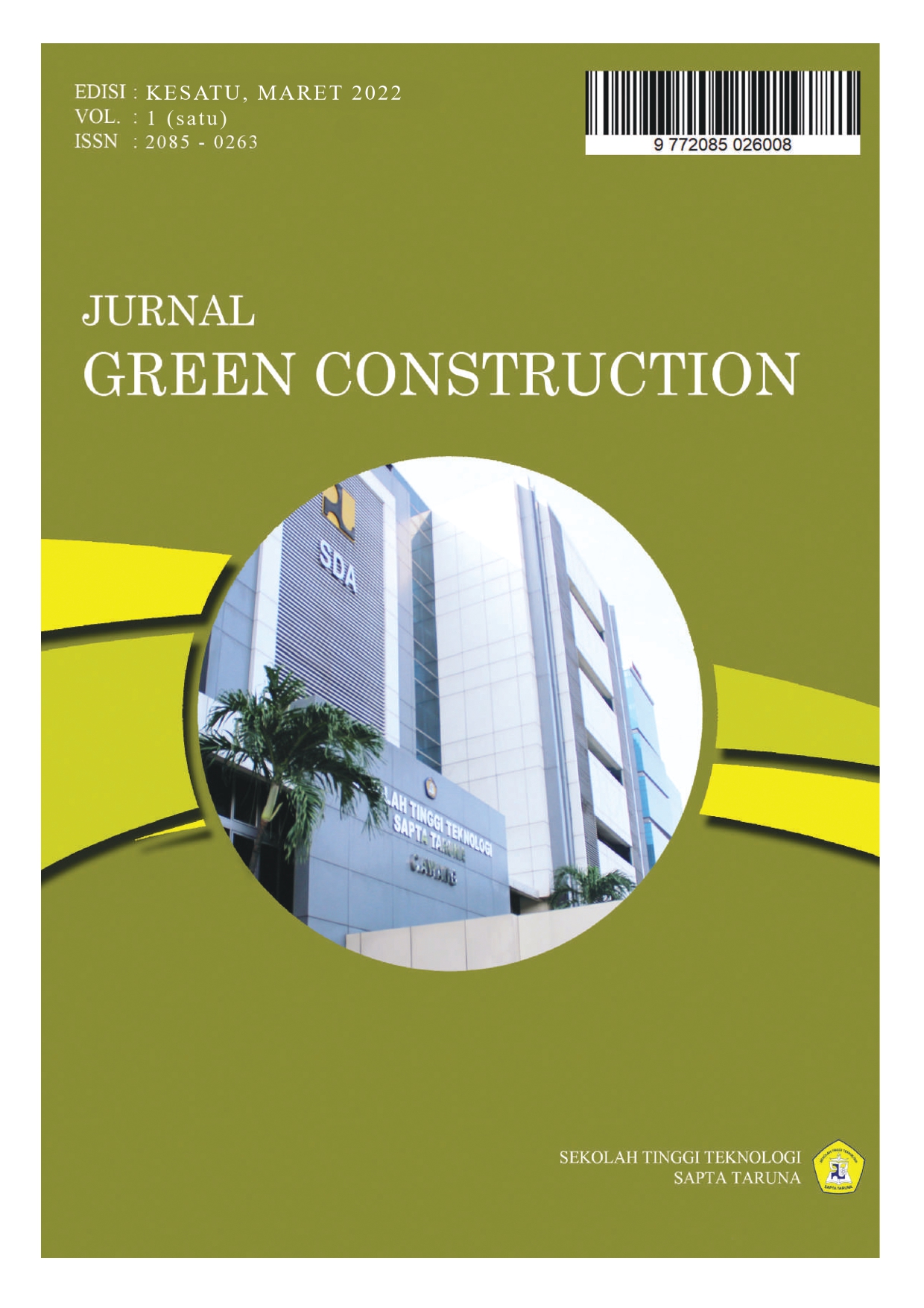MENUJU PENGELOLAAN TRANSPORTASI BERKELANJUTAN DI KAWASAN PINGGIRAN METROPOLITAN
Kata Kunci:
transport management, sustainable, metropolitanAbstrak
The development of Metropolitan cities has a great impact on transportation growth not only in the inner cities but also between the periphery, where most of housing built, and the center of the cities. This transportation growth especially caused by commuter trips who live in the periphery but every workdays go to works in the center of the cities. This research is aimed to make a model of transportation management from housing area in the periphery of a metropolitan city, in this research in Metropolitan Bandung, considering trip generation and trip attraction caused by the presence of housing settlements, those are Setiabudi Regency, Graha Puspa and Trinity, examining the perception of inhabitants which are also the trip makers and after that making the model of transport management with sustainable transportation principle which means reducing the possibility of traffic congestion, air pollution, and traffic noise in the future. For the first step, the researcher took primary data like trip generation and trip attraction directly from the access road at the research time. After that, with secondary data collected from the previous researchers the structure of the transportation management model was made. From the model structure built can be seen the model behaviour which describes prediction of road saturation grade, vehicles maximum speed, air pollution and noise that might be generated in the future (in this research until year of 2040). The research of society perception, using Principal Component Analysis, has got two groups of output factors, the first is the improvement of access road infrastructure with improvement of the road capacity, the second is improvement of the media of transportation with reducing vehicles emission, improving the quality and quantity of public transportation. Using system dynamics modeling, the society perception is cultivated to make 5 transport policy alternatives those are: 1).policy in transport without any change 2).policy in public transport quality improvements, 3).policy in reducing the life tme of private vehicles 4). Policy in improving the real capacity of roads, 5).policy in improving public transport quality combined with reducing the life time of private vehicles. All of the 5 policy alternatives are combined with the policy of reducing air pollution as the policy in reducing air pollution is the major policy choice of the society. Using behaviour of the model, selection can be made to get the most effective policy in transportation in order to achieve sustainable transportation management that is the 5th policy alternatives: improving quality and quantity of public transport combined with reducing the lifetime of private vehicles.
Unduhan
Referensi
Banister David and Stead Dominic (2002), Reducing Transport Intensity, European Journal of Technology and Infrastructure Research, 2, no. 3/4 (2002), pp.161-178, Delft University of Technology, Delft, The Netherlands.
Banister David, (1998), Transport Policy And The Environment, E & FN SPON, London.
Button, Kenneth (1998), Transportation Research, an International Journal, Elsevier Science Ltd, Exeter, UK.
Devereux Lynn, Jin Ying and Elston Ian (2004), Modelling Land Use – Transport Dynamics: The London to Ipswich Corridor in the United Kingdom, European Journal of Transport and Infrastructure Research (EJTIR), 4, no. 3 (2004), pp. 293-313, Delft University of Technology, Delft, The Netherlands.
Direktorat Jenderal Bina Marga (1997), Manual Indonesia, Kapasitas Jalan SWEROAD dan PT.Bina Karya, Jakarta.
Houghton, Sir John CBE FRS (1995), Transport and the Environment, Oxford University Press, New York.
Kanafani Adib, (1983), Transportation Demand Analysis, McGraw-Hill Book Company, New York.
Khisty C.Jotin and Lall B.Kent,(2003), Transportation Engineering: An Introduction/Third Edition, Pearson Education, Inc, Chicago
Marimin, Prof.Dr.Ir. MSc, (2004), Pengambilan Keputusan Kriteria Majemuk, PT. .Gramedia Widiasarana Indonesia, Jakarta.
Masri Rina Marina (2009), Kajian Perubahan Lingkungan di Zona Buruk Untuk Perumahan (Studi Kasus Kawasan Bandung Utara), Disertasi, Sekolah Pasca Sarjana - Institut Pertanian Bogor.
Miro Fidel, (2005), Perencanaan Transportasi, untuk Mahasiswa Perencana dan Praktisi, Penerbit Erlangga, Jakarta.
Muhammadi, Aminullah Erman, Soesilo Budhi (2001), Analisis Sistem Dinamis, UMJ Press, Jakarta.
Pfaffenbichler P.C. and S.P. Shepherd (2002), A Dynamic Model to Appraise Strategic Land-Use and Transport Policies, Journal of European Transport and Infrastructure Research.
Tamin, Ofyar Z., (2000), Perencanaan dan Permodelan Transportasi, Penerbit ITB, Bandung.
Tasrif Muhammad, Dr. (2005), Analisis Kebijakan Menggunakan Model “System Dynamics” Program Magister Studi Pembangunan ITB, Bandung.
Avianto, Teten W. (2006), Tutorial Powersim Constructor, Program Magister Studi Pembangunan ITB, Bandung.


